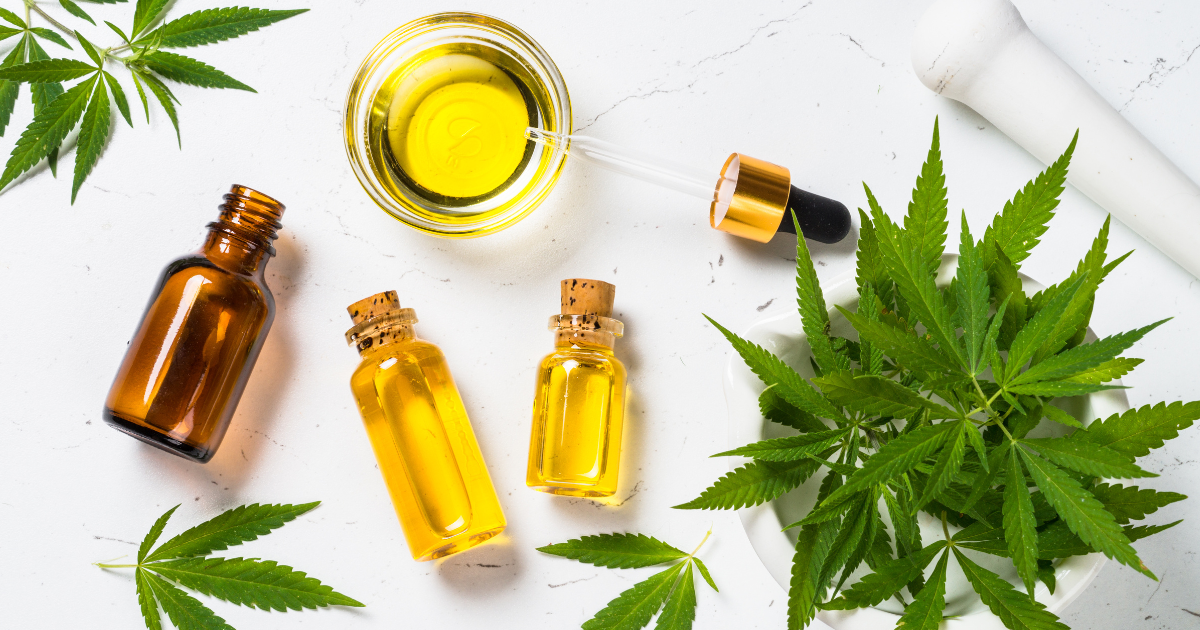
Methods To Produce “Elite” Cannabis Varieties

Overview
With the widespread use of legal medical (and some recreational) Cannabis, the industry is becoming more professional. Thus, by adopting advanced plant science techniques, one can ensure safe, consistent, and high-quality Cannabis products for a fast-growing and lucrative market.
High-quality Cannabis end-products majorly depend on the production of elite varieties of the plant.
What is elite variety?
“Elite cannabis variety" denotes a cannabis plant that has undergone selective breeding or genetic manipulation to express particular characteristics, such as high yield, potency, exclusive terpene and cannabinoid profiles, and resistance to pests and diseases.
These elite cannabis varieties are generally deemed to be superior in quality when compared to non-selected or standard cannabis varieties and are often used for medicinal or recreational purposes. However, the particular attributes that define an "elite" cannabis variety may differ based on the intended use and market needs.
This articles further delve into the following:
- Why elite cannabis varieties are essential?
- What are the ways to produce elite varieties of cannabis?
- How Plant Cell Technology can you learn the most-advanced propagation technique to create and preserve your “Elite” variety of Cannabis?

Why Elite Cannabis Varieties Are Essential?
Producing elite cannabis varieties can be very advantageous for both small and large-scale cannabis growers and industries. It’s mainly because they are selectively bred or genetically engineered (controversial at the business level) to have specific traits that make them valuable, such as high yield and potency.
The advantages of producing elite cannabis varieties can include the following:
- Improved profits: Elite varieties can lead to higher profits for growers and industries because of their high yield and potency, which can be optimized for specific uses.
- Consistent plant quality: The premium Cannabis strains produce plants with consistent quality, improving customer satisfaction and creating a strong brand reputation for growers and industries.
- Resistance to pests and diseases: Elite cannabis varieties can be bred to be resistant to pests and diseases, reducing the need for pesticides and other chemicals and making cultivation more sustainable and environmentally friendly.
- Unique terpene and cannabinoid profiles: The elite varieties can have unique terpene and cannabinoid profiles, which can create opportunities for product development and innovation in the industry.
- Increased competitiveness: Producing elite cannabis varieties can help growers and industries stay competitive in a constantly evolving industry, as consumers demand high-quality and diverse products.

What are the ways to produce elite varieties of cannabis?
There are several ways to produce elite cannabis varieties, including:
Traditional Breeding
Traditional breeding involves crossing two parent plants with desirable traits to create offspring with a combination of those traits or that inherit those traits.
It’s achieved through controlled pollination. The resulting offspring are evaluated for traits such as high THC or CBD content, specific terpene profiles, and disease resistance.
The offspring with the desired traits are then selected for further breeding, and the process is repeated over several generations to stabilize the traits. Traditional breeding has been used for centuries to improve crops, but it can be a slow and inefficient process that may not always result in the desired outcomes. Additionally, traditional breeding can be limited by the genetic diversity of available plant varieties.

Genetic Engineering
This involves modifying the DNA of a plant to introduce new traits or enhance existing ones.
Genetic engineering can be used to produce cannabis plants with specific traits such as resistance to pests or diseases, improved yield, and altered cannabinoid and terpene profiles. This is achieved by precisely manipulating specific genes in the cannabis genome using techniques such as CRISPR-Cas9.
While genetic engineering offers the potential for more precise and efficient modification of cannabis plants, it has also raised concerns about potential risks and ethical considerations, such as the impact on biodiversity and the potential for unintended consequences.
Therefore, it is important to consider the potential benefits and risks of genetic engineering and to develop appropriate regulatory frameworks to ensure its safe and responsible use.

Tissue Culture
This involves growing cannabis plants from small pieces of tissue in a controlled laboratory setting. It allows for the production of large numbers of identical plants with desirable traits.
Tissue culture can be used to produce plants with specific traits such as disease resistance, high THC or CBD content, and specific terpene profiles. It also allows for the preservation of rare or endangered plant varieties. However, tissue culture can be expensive and requires specialized equipment and expertise.
But, this can be made easier after taking a comprehensive tissue culture course, which can take your propagation business to a next level!
Marker-assisted Selection
This involves using molecular markers to identify and select plants with specific traits, allowing for more efficient breeding and selection.
Molecular markers are specific DNA sequences associated with a particular trait, such as high THC or CBD content. This method allows breeders to more quickly and accurately identify plants with desirable traits, reducing the time and resources needed for traditional breeding.

Chemical Mutagenesis
This involves exposing cannabis plants to mutagenic chemicals to induce genetic mutations that may result in desirable traits. Mutagenesis can be a powerful tool for producing new varieties of cannabis, but it also carries the risk of unintended and unpredictable mutations.
Genome Editing
This involves using technologies like CRISPR-Cas9 to precisely modify specific genes in the cannabis genome to introduce new traits or enhance existing ones.
Genome editing offers the potential for more precise and targeted modification of cannabis plants than traditional genetic engineering. However, it is a relatively new and rapidly evolving technology, and its long-term impacts are still being studied.
It is important to note that the use of some of these techniques, such as genetic engineering and genome editing, may raise ethical and social issues and may be subject to regulation in some jurisdictions. And, the technique of producing elite varieties depends on your goal, available resources, budget, expertise in efficiently using the technique, etc.

How Plant Cell Technology can help you learn the most-advanced propagation technique to create and preserve your “Elite” variety of Cannabis?
Tissue culture, including meristem culture, has a major role to play in producing healthy plants and preserving elite varieties. However, the process is not that easy when you don’t have experience in it.
Moreover, it will take months for you to create or develop your own procedure—which will require mixing different types and concentrations of chemicals to induce division and differentiation in tissues.
Imagine how much time and money you’ll be required to invest in it!
That’s why we have brought you our comprehensive “Cannabis Tissue Culture Masterclass”. It will be a 3-days class starting from April 20-22, 2023. The class will be conducted by one of the legends in the Cannabis Tissue Culture Industry, Bill Graham.

In this class, you won’t only learn how to produce meristem culture and preserve the genetics of your plant, but a range of other topics, including Pathogen remediation, sterilization techniques, synthetic seed technology, and many more.
Here’s our complete curriculum.
This a one of the most popular Master Class, for which booking has already been started. And, for one-on-experience with our tissue culture expert, only a limited number of seats are available.
So, if you are interested in giving a boost to your Cannabis business, then book your seats TODAY!
Blog Categories
View by Level
Popular Blogs

How Bioreactors Cut Tissue Culture Labor by Half
Introduction Have you ever stopped to calculate the true human and resource cost of every single plantlet leaving your tissue...
Read More
When is Somaclonal Variation a Tool, Not a Flaw?
Introduction Somaclonal variation (SV) is a concept that sits at the very heart of modern plant biotechnology. It is formally...
Read MoreSubscribe to Our Newsletter







Join the conversation
Your email address will not be published. Required fields are marked